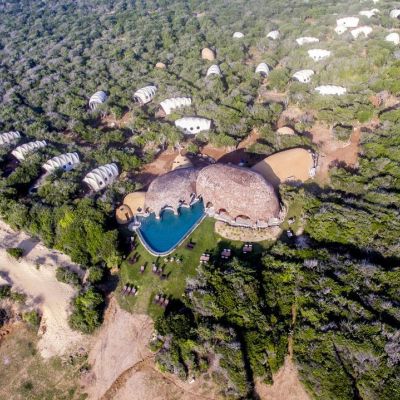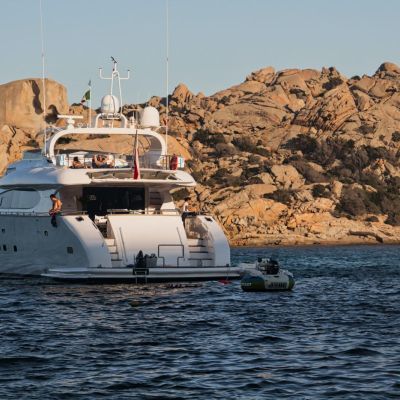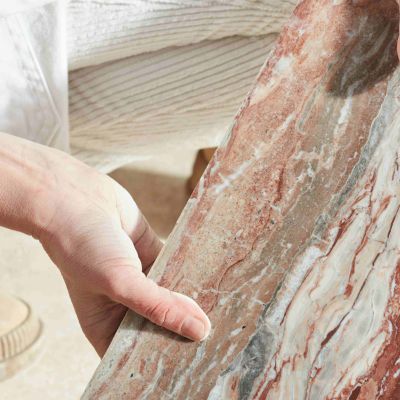The Scientist Who Discovered 'The Eighth Continent'
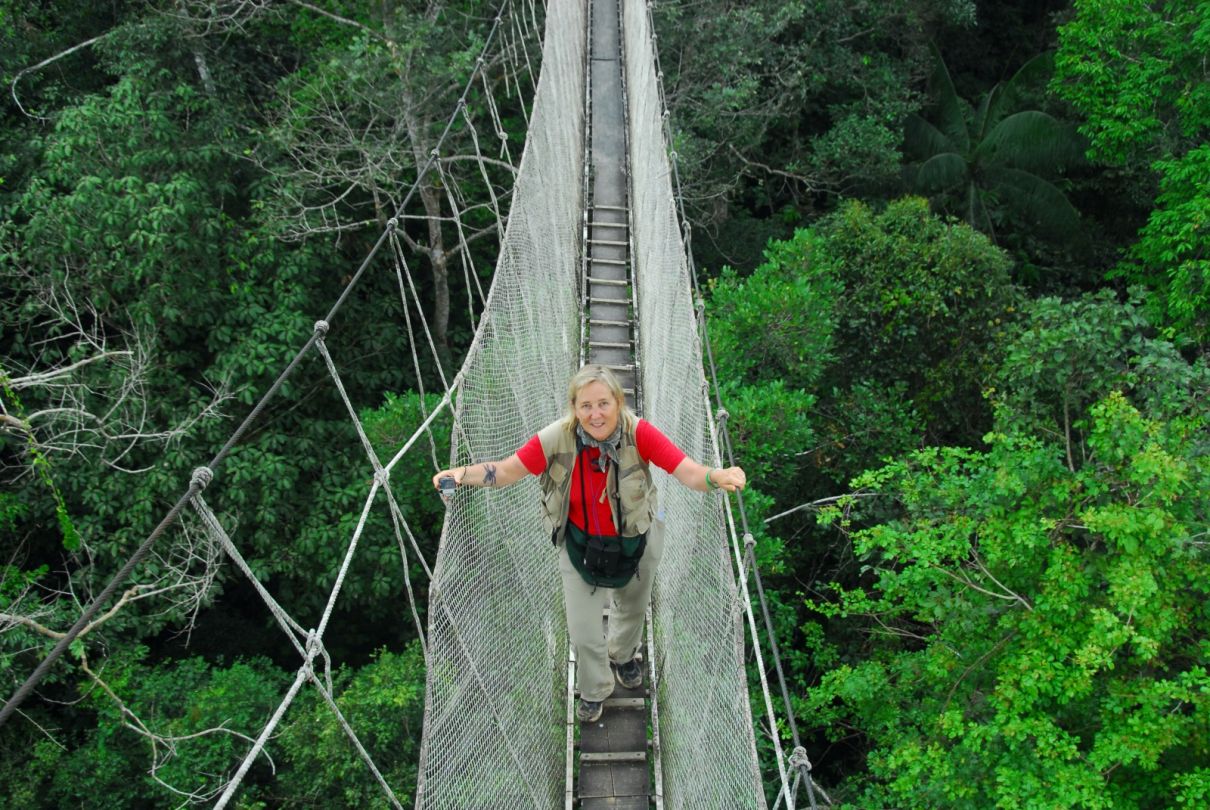
An interview with pioneering scientist and conservationist Dr Margaret Lowman, also known as Canopy Meg.
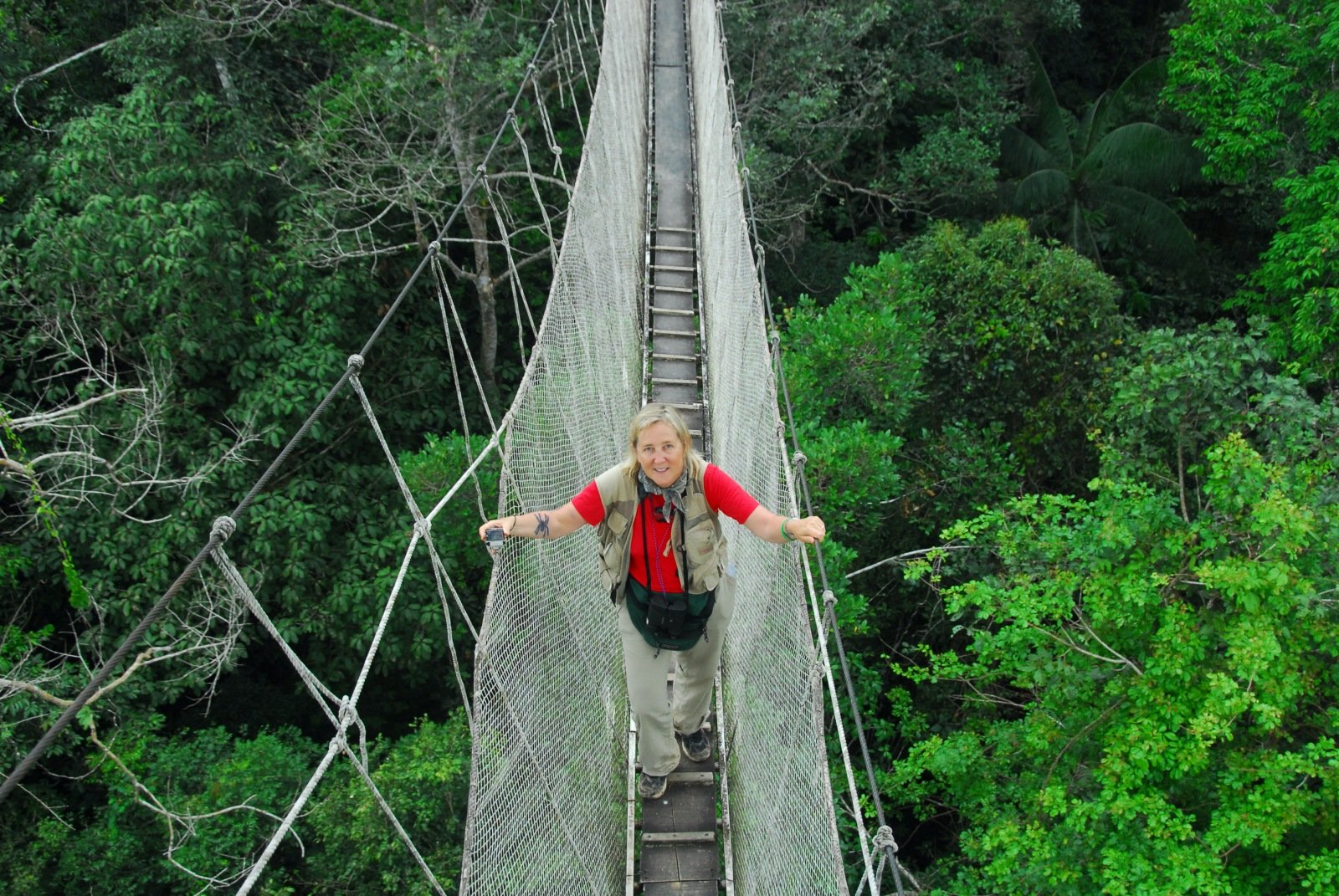
Growing up in New York, Dr Meg Lowman had never heard of a rainforest until college. Today, an author, explorer, award-winning scientist and arbonaut (translation: tree explorer) she has been called the ‘real-life Lorax’ by National Geographic and ‘Einstein of the treetops’ by The Wall Street Journal. With a career spanning four decades, she is a pioneer of forest canopy research and was the first to build canopy walkways to observe the vast biodiversity in the top part of trees. Lowman is also a role model for women in science. At the moment she is focused on the progress of Mission Green, a project she co-founded to conserve the world’s most important forest canopies and by doing so, save 50 percent of the world’s biodiversity. The goal of Mission Green is to design, build and maintain 10 global canopy walkways in the world’s highest biodiversity forests. Four of the ten walkways are already complete, in Mozambique, Rwanda, Malaysia, Amazonian Peru and Florida.
Secondly, Mission Green will train local indigenous families, especially women, as environmental stewards to operate the walkways, helping them to obtain sustainable income from ecotourism instead of from logging. Thirdly, it will fund international students to conduct biodiversity and acoustic research at these sites.
Here Lowman describes her journey to save the trees.
Why are canopies important?
Canopies are essential for life on Earth: for humans and for the planet. Forest canopies are home to at least 50 percent terrestrial species on the planet. Plus, they are important for productivity, rainfall patterns, climate control, carbon sequestration, shade, food, timber, fabrics, and spiritual sanctuary.
Why and how did you first realise they were important?
By chance. I wanted to study leaves in tropical forests, so I made some equipment and climbed a tall tree in Australia in 1979. I found a hotspot of activity up there and realised I had entered what I now call the eighth continent
Why were they not previously explored, studied or protected?
Foresters always studied trees from the forest floor. Looking up but mostly just peering at the trunks. If they saw the canopy it was only after they cut a tree down.
What has been your most important discovery?
Probably to create the toolkit that allowed a handful of us to figure out that forest canopies house half the species in the world. And, second, I was one of the pioneers of studying a whole tree, not just the base, and figured out that insects eat about four times more than foresters estimated without accessing the treetops.
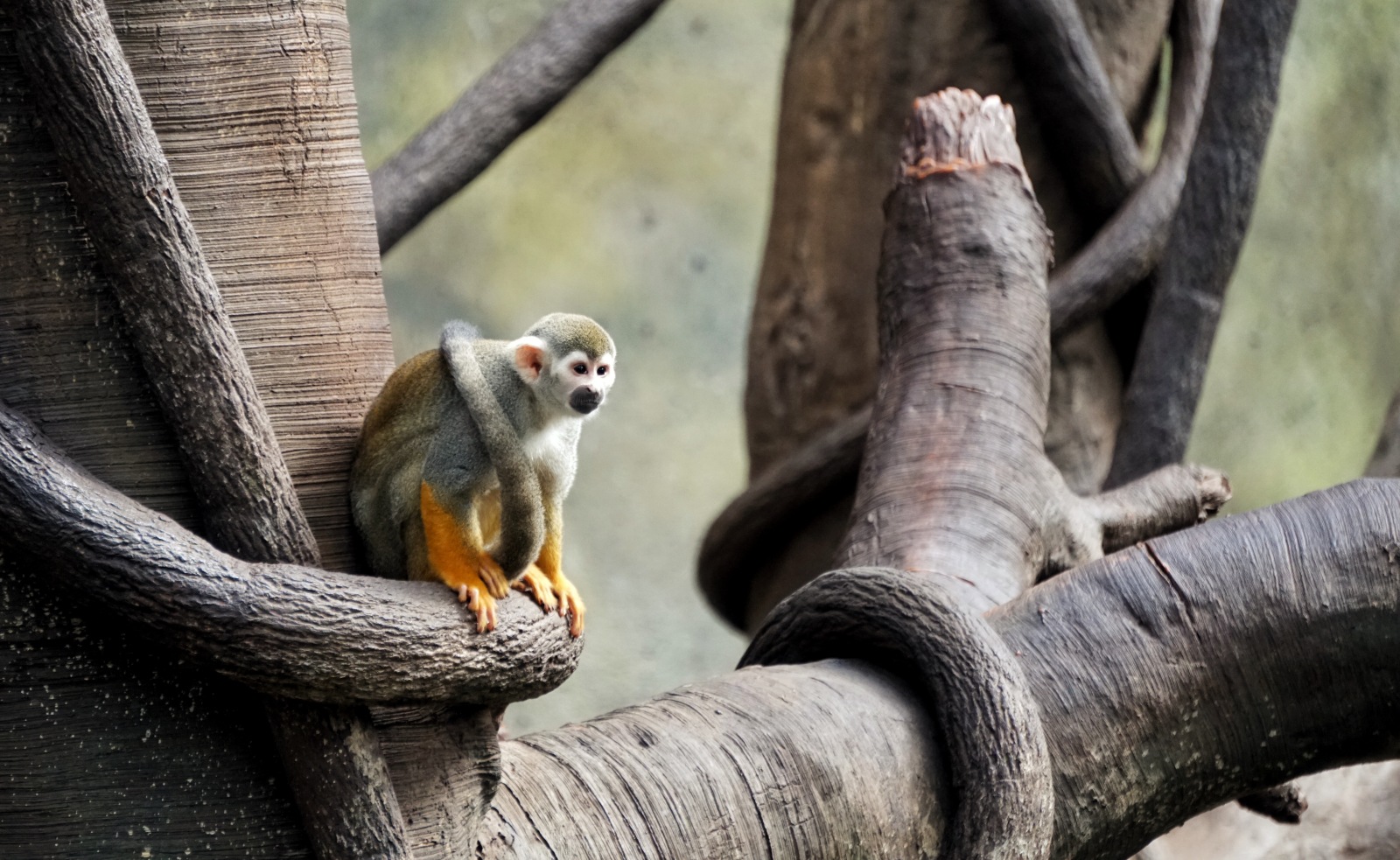
What has been your greatest success in terms of helping a local community go from relying on logging to eco-tourism?
Right now, Ethiopia: by working with the priest and building stone conservation walls, we have changed an entire culture so that people want to protect these homes ‘for all of god’s creatures’, not cut them down or jeopardise them.
Doesn’t building walkways into canopies and sending people there for tourism endanger biodiversity?
You can choose: either the forest will likely get clear cut or you can allow a small group of eco-tourists to walk on an aerial trail and learn to appreciate and conserve forests from their experience.
Education is a major part of your work. How do you get children to engage when they may never have heard of a rainforest canopy?
I had never heard of a rainforest until college, so I know how it feels. But kids love exploration, they love climbing trees and they love tools. Canopy science involves all of that.
What is taking up most of your time at the moment?
Trying to raise funds to save big trees. We have huge budgets for space travel and for medical research, but somehow most people think the essential services of trees are free. That is not true.
What is your greatest concern and what, if anything, will we need to stop this happening?
If we lose too much forest, the fragments are too small to maintain themselves: a tipping point. We are close to that with many important forests, such as the Amazon, Southeast Asia and the Congo. It will take hundreds, probably thousands, of years to restore an Amazon tropical forest.
What has been your most treasured moment and why?
Sharing the forest with my own two boys, and with other young people.
How do you think the fallout from coronavirus will affect our relationship with the planet?
I think it has increased people’s appreciation of nature, but I’m not sure if it will stick. Folks are happy to walk outside and see a flower or bird. But will they transform their lives to help care for big trees? To take their kids to a canopy walkway instead of to Disney World? Or contribute to saving trees instead of buying computers for schools?
For more information contact www.treefoundation.org



